by Shantonu Ghosh, Partner, Vector Consulting
The real estate industry has seen a positive trajectory in recent years. The demand is on an upward trend. However, the IRR (Internal Rate of Return) which was 18 percent-20 percent earlier, has dropped to 13 percent-17 percent in recent years.
This begs the question, why would an industry which is enjoying high demand facing a falling rate of returns. The answer lies in how real estate projects are managed. Most projects are running late and over budget. According to a survey conducted by IDC, 75 percent of projects are delivered late and over budget.
Real estate projects are very complex entities as such. Managing them involves managing numerous moving parts – design, fluctuating costs, adhering to schedules and timelines, detailed specifications, and interdependent activities. The complexity of these components requires a persistent approach; otherwise, the project can face disastrous outcomes.
Additionally, since the introduction of RERA, builders have to submit a proposed completion date to RERA and deliver by then. But, in reality, builders operate on 2 more deadlines – one which they commit to the customer, what they call the ‘soft possession date’ and another stricter internal deadline. The builder's profitability is calculated on the internal deadline. However, in most cases, the internal deadline is missed affecting the IRR.
Challenges in real estate project management
Every real estate project has 3 stages
1-Pre-construction: Which includes approvals, design, setup of sales office, etc
2-Construction of core and shell: This is where the bare bones of the building are constructed. This part is typically done by one agency
3- Finishing: This is where the plastering, electrical, plumbing, tiling, painting, etc, happens
The first 2 phases are generally executed either by the builder themselves or by a single agency. In the 3rd phase every task requires a different and unique skill, there are a lot of interdependent activities and the work is allocated on a volume basis. As a result, there are a lot of incomplete hand overs and repetition of work and eventually delays.
The flow model
The flow model, a term derived from the manufacturing shop flow, works on the principle that there is input of raw materials and this input flows through the shop-floor, being processed at different workstations, and comes out as finished goods. All this happens seamlessly and effortlessly. In a real estate project management, a team picks up a work bundle, completes the task that they are supposed to and then passes it on to the next team. When all the work bundles flow through and are completed one after the other, the project gets completed. It is important to note that the flow model will work only if certain guidelines and execution rules are followed. For this, it is important to understand the technical dependencies between agencies and the amount of natural interruptions happening in the course of the project.
Functions in a real estate project are of 2 types
Primary: has a high touch time for tasks and low natural interruptions
Secondary: has low touch time and high natural interruptions
By combining these primary and secondary functions (and the resources responsible for completing these) we arrive at the term a Cluster. Any real estate project will have many such clusters laid out in a sequence, based on their technical dependencies. As the next step, we need to arrive at certain entry and exit criteria for each work bundle/cluster. For, eg, a work bundle should be taken up for working by a cluster only if the entry criteria, consisting of full-kit, maximum resourcing, closure of earlier work bundle and any other predefined item, is met. Similarly, a work bundle is considered closed only if a predefined exit criteria is met.
In a complex operation like a real estate project, just having full kit control may not be sufficient to ensure efficient execution. What is also needed is to limit the number of work bundles taken up, ie, the WIP control of work fronts or work bundles is limited based on available capacity to prevent bad multitasking and consequent task time elongation. Additionally, the One Out-One In rule will ensure that a new work bundle is started only when the previous one is complete (as defined in the exit criteria)
These rules will ensure effective implementation of the flow model and work will progress without any or minimal interruptions. Even when there are interruptions which require decisions from cross functional teams, they can be resolved with quick decision making. For this the execution team can have High Frequency Management meetings at predetermined intervals to review the progress and resolve any hurdles.
The solution
Incomplete handovers result in a lot of wastage, rework, cost increase and delays. Therefore, the only way to break out of this vicious loop is to make sure that clean handovers happen between two functions/contractors/agencies at all times. However, contactors are most focused on maximising their billing and hence will continue with incomplete handovers. A simple way out would be to ensure that every contractor completes all their activities as per plan or earlier. But this is easier said than done.
To ensure that a project is executed in the shortest possible time, we need to ensure that work starts when the full kit is ready i.e. all the necessary material, man power, tools & tackles, clearances, etc. are in place before commencement of work. This brings us to another important point, what should be the extent of the full kit, should it be for the entire project/large phase (for eg, in real estate for the entire building of 10+ floors) or only a small part of the project (only one apartment). Let’s evaluate. If we prepare a full kit for the entire project it will take a lot of time and block a large part of the working capital.
On the other hand, if we plan for full kitting of too small a phase of the project, this will lead to chaos as the work will progress faster than the time to arrange the full kit for that phase. Consequently, the pressure of time will again force the next phase to start without the completion of an earlier phase-back to the vicious loop. The full kit needs to be planned for a unit which is in between these to extremes. A ‘work bundle’ comes into play here. Work bundle will be unique to each project based on its size and type. Work bundle should cover the necessary resources for the team to complete its task efficiently without interruptions and at the same time, it should allow the management team to prepare the full kit for the next work bundle.
Implementing the flow management in real estate projects will result in reduction (~25 percent-30 percent) of lead times and costs which in effect will increase their IRRs by 4 percent-5 percent.


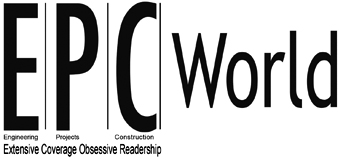

















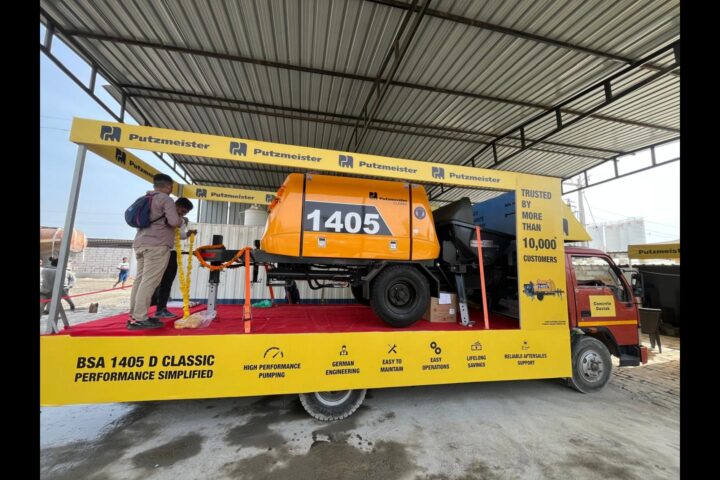

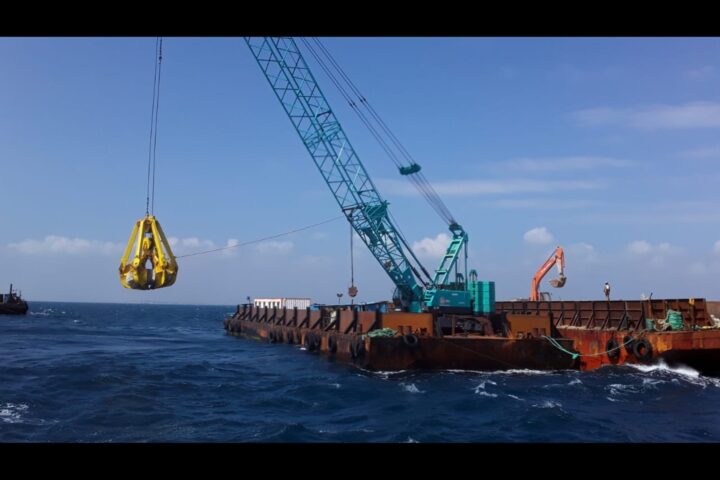
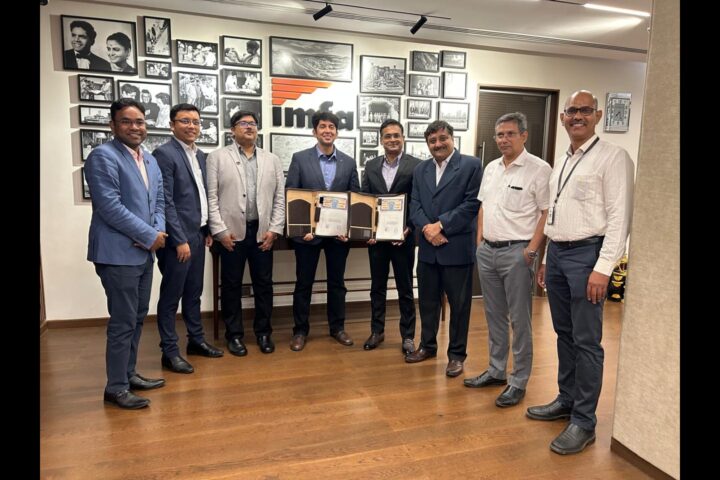

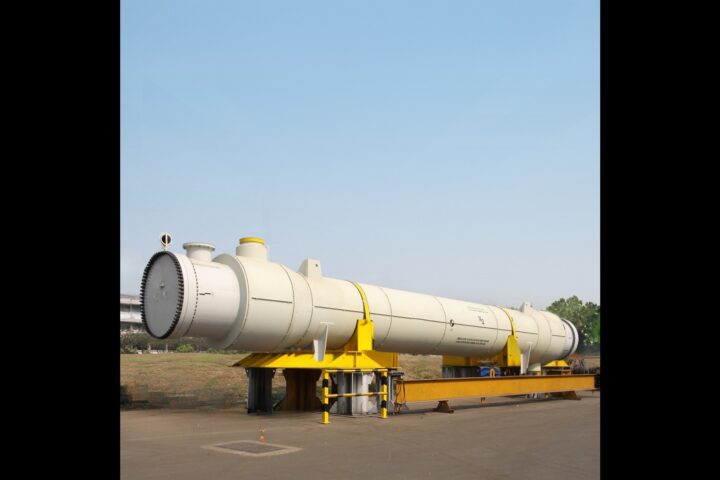



Follow